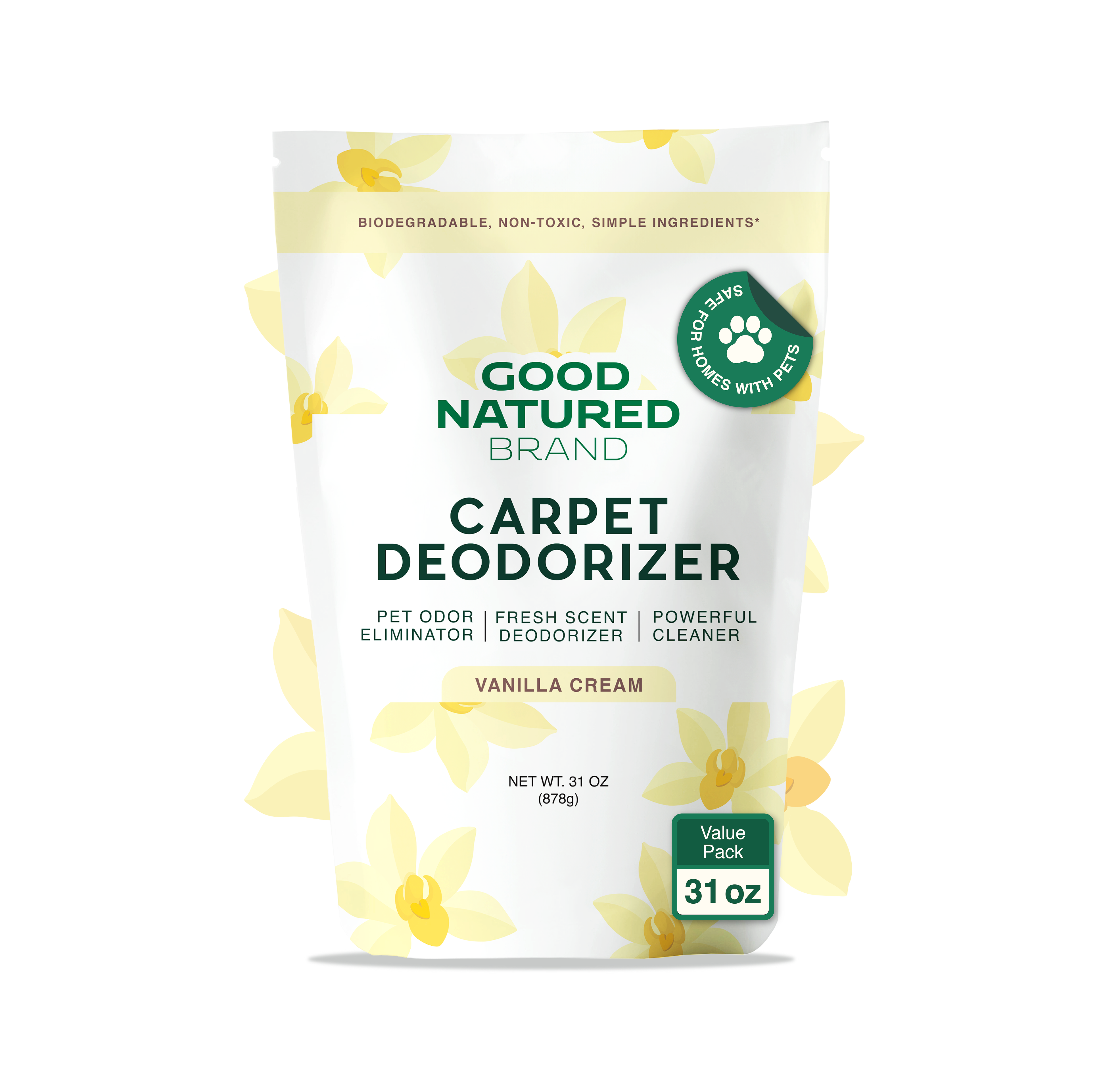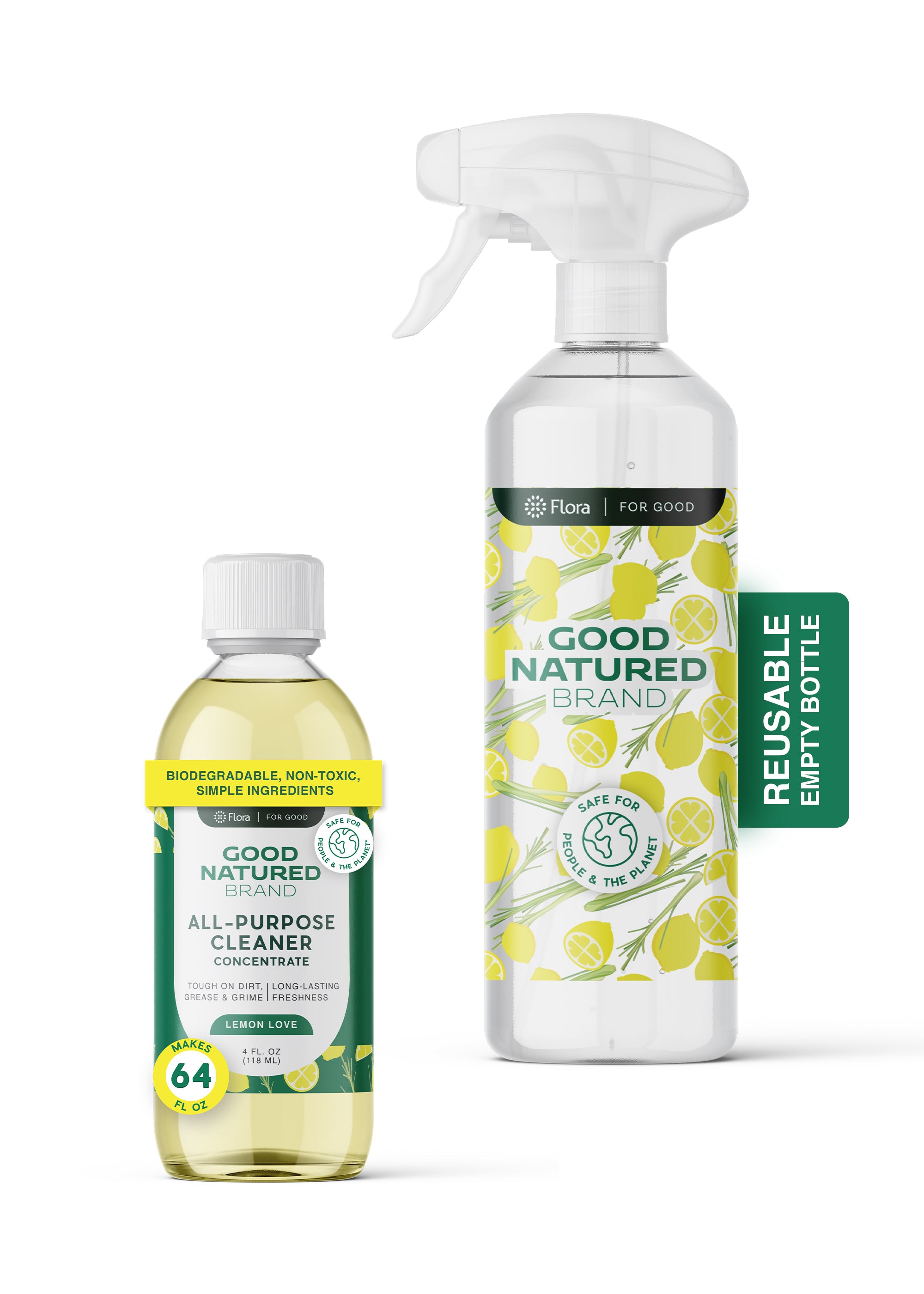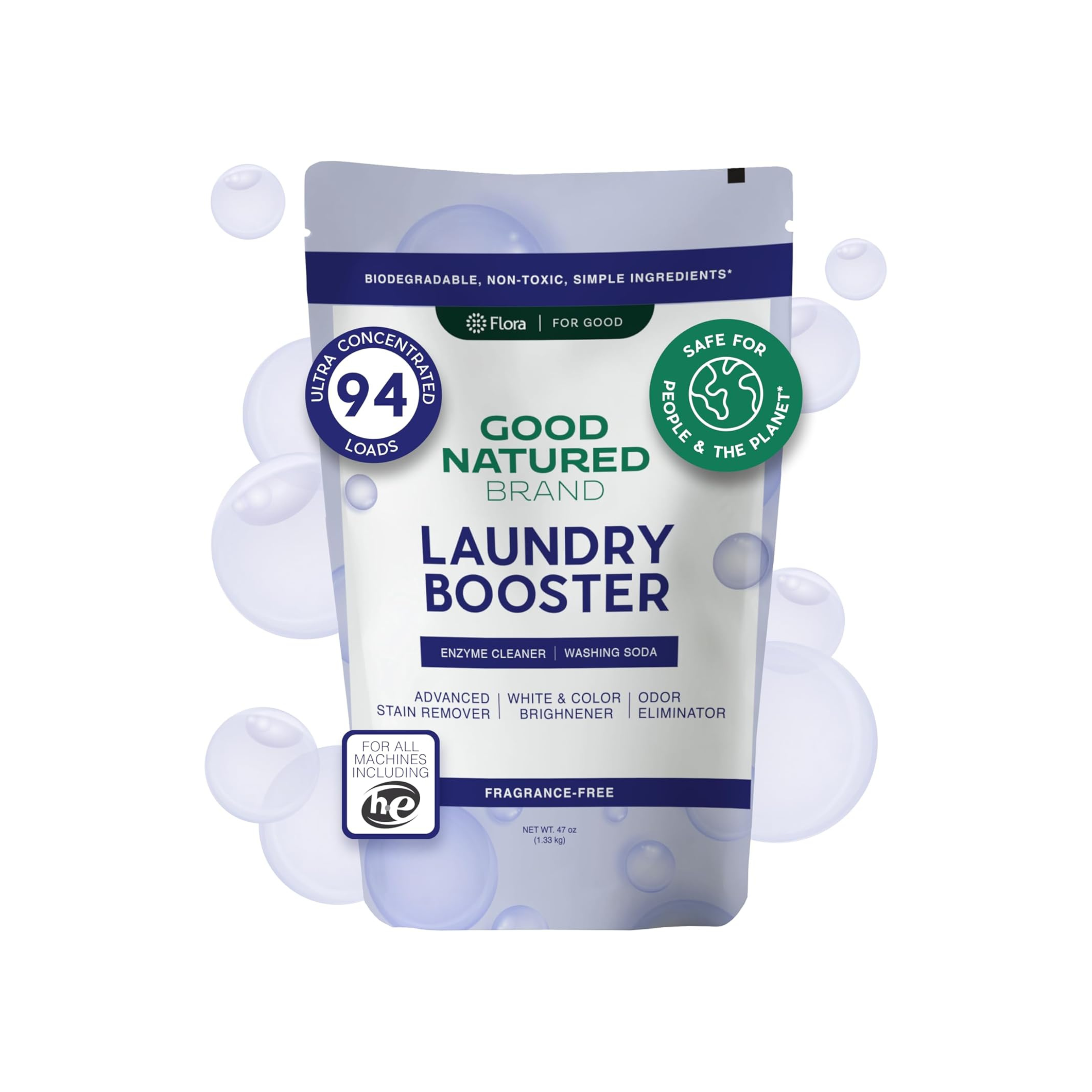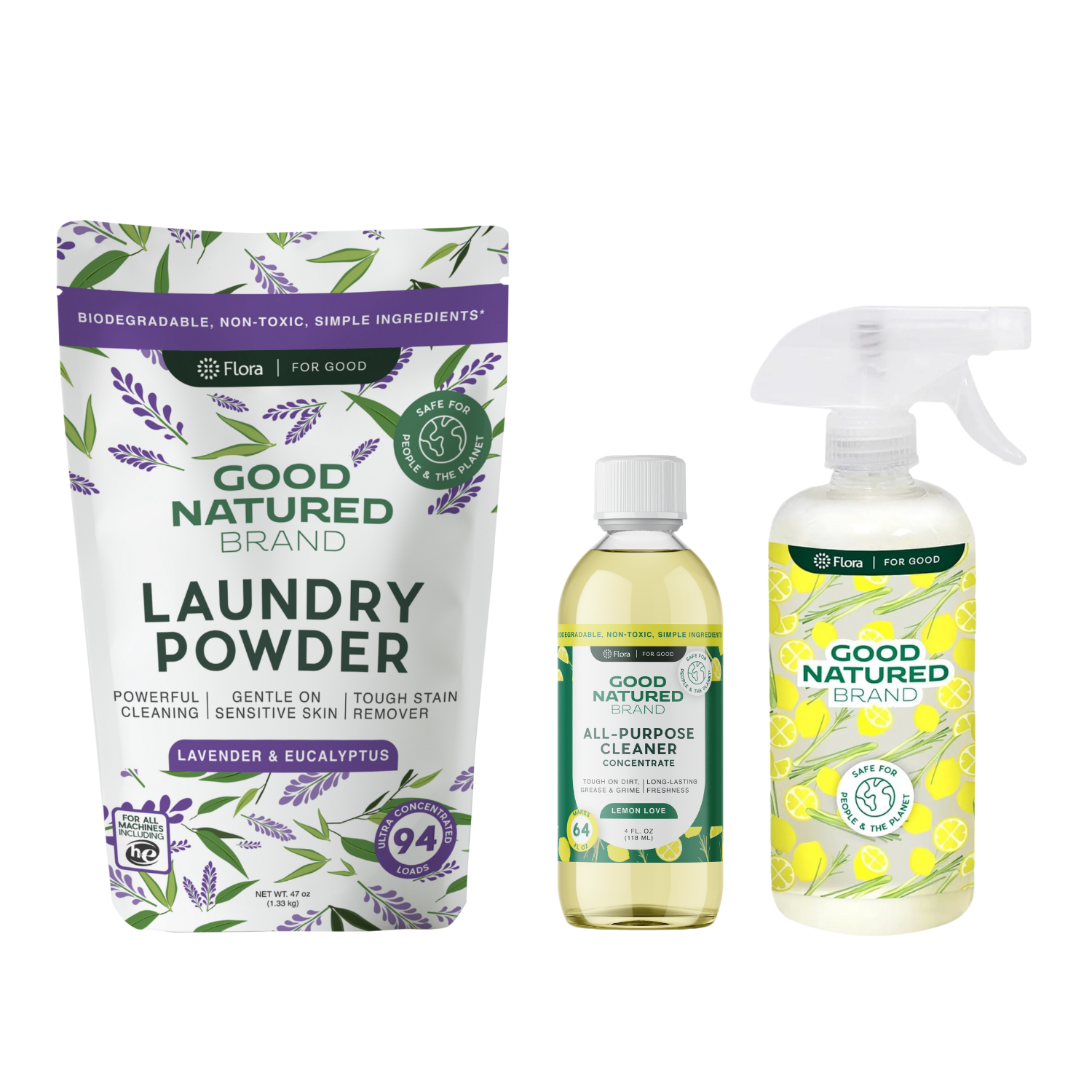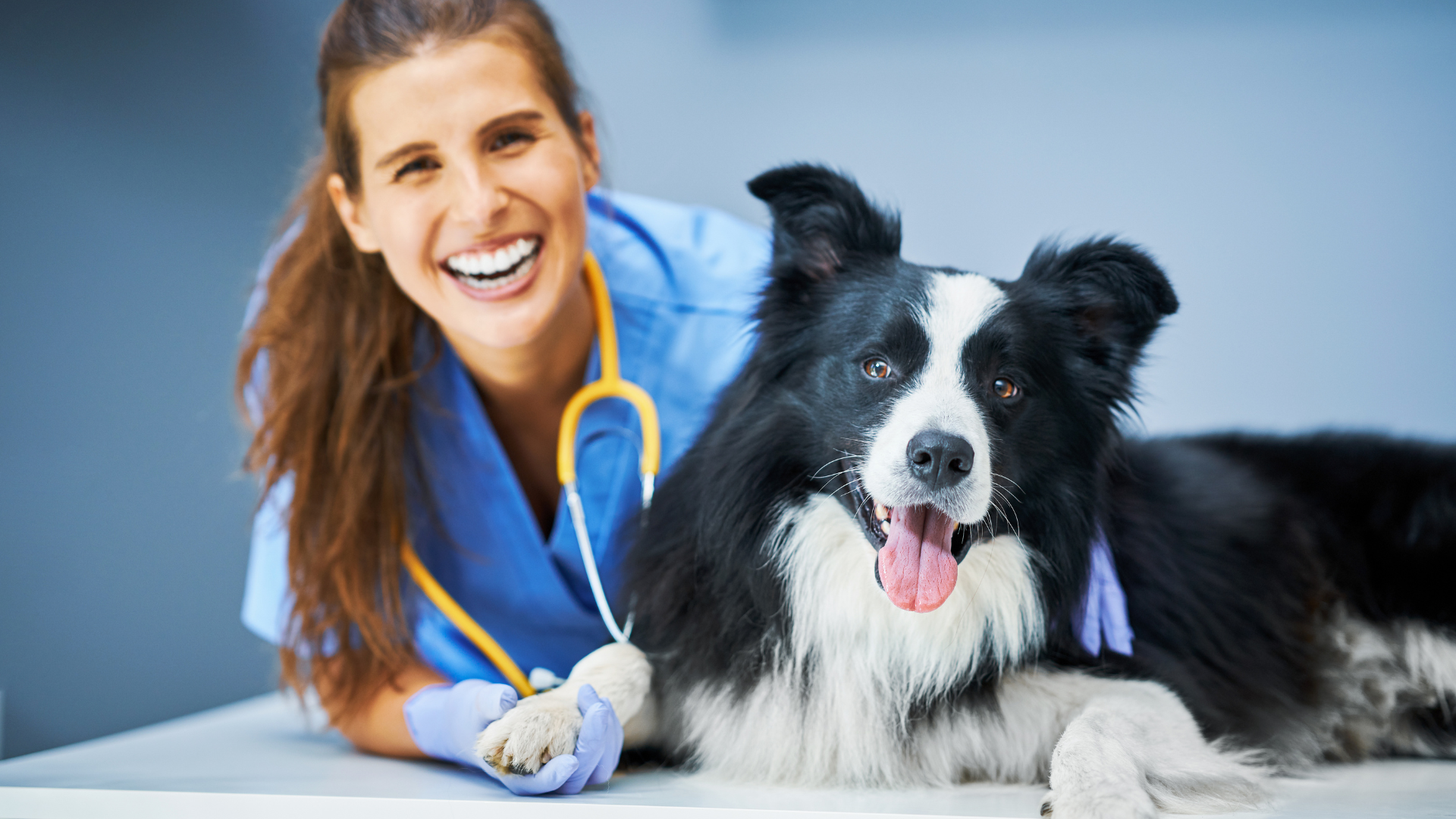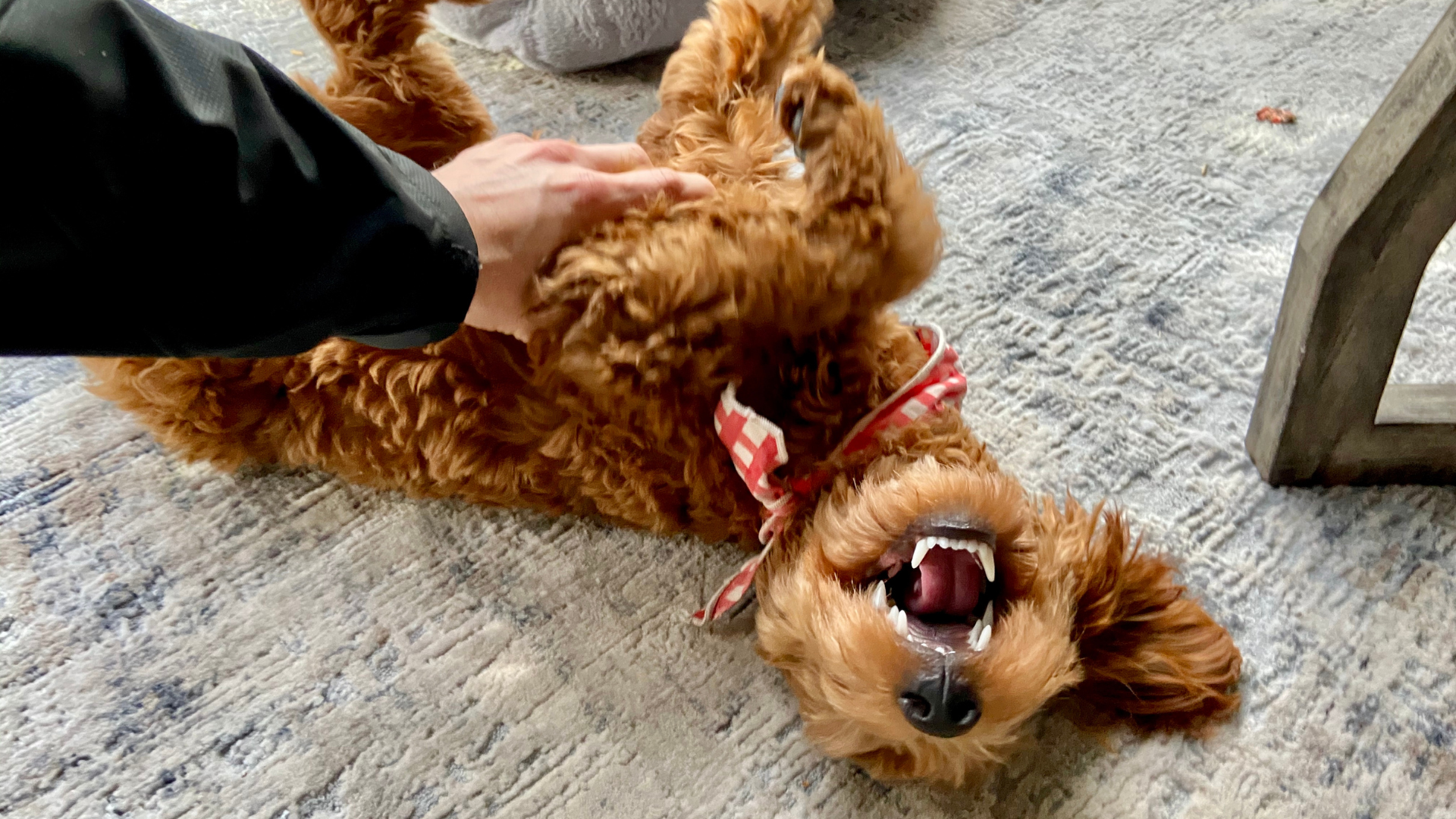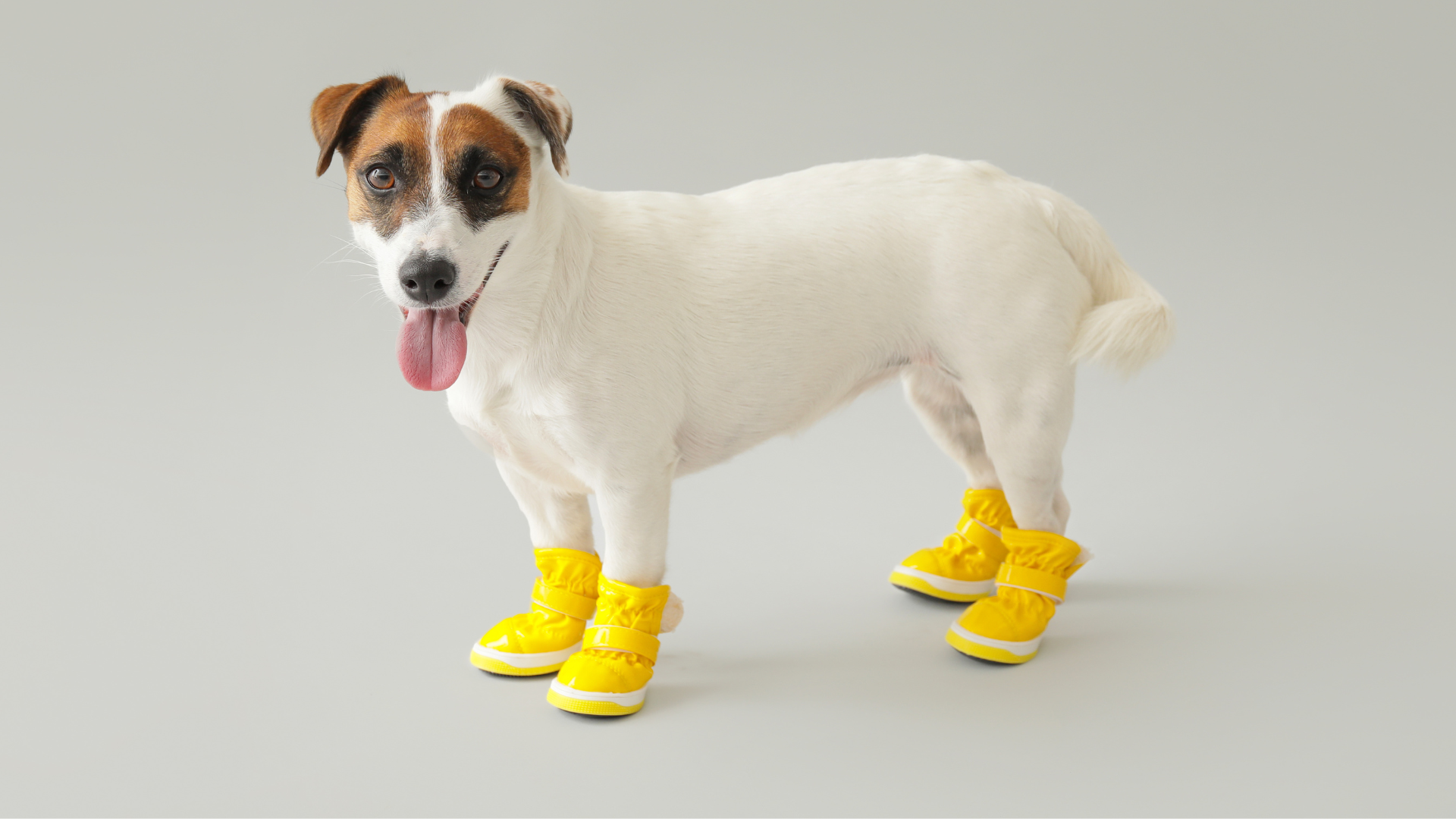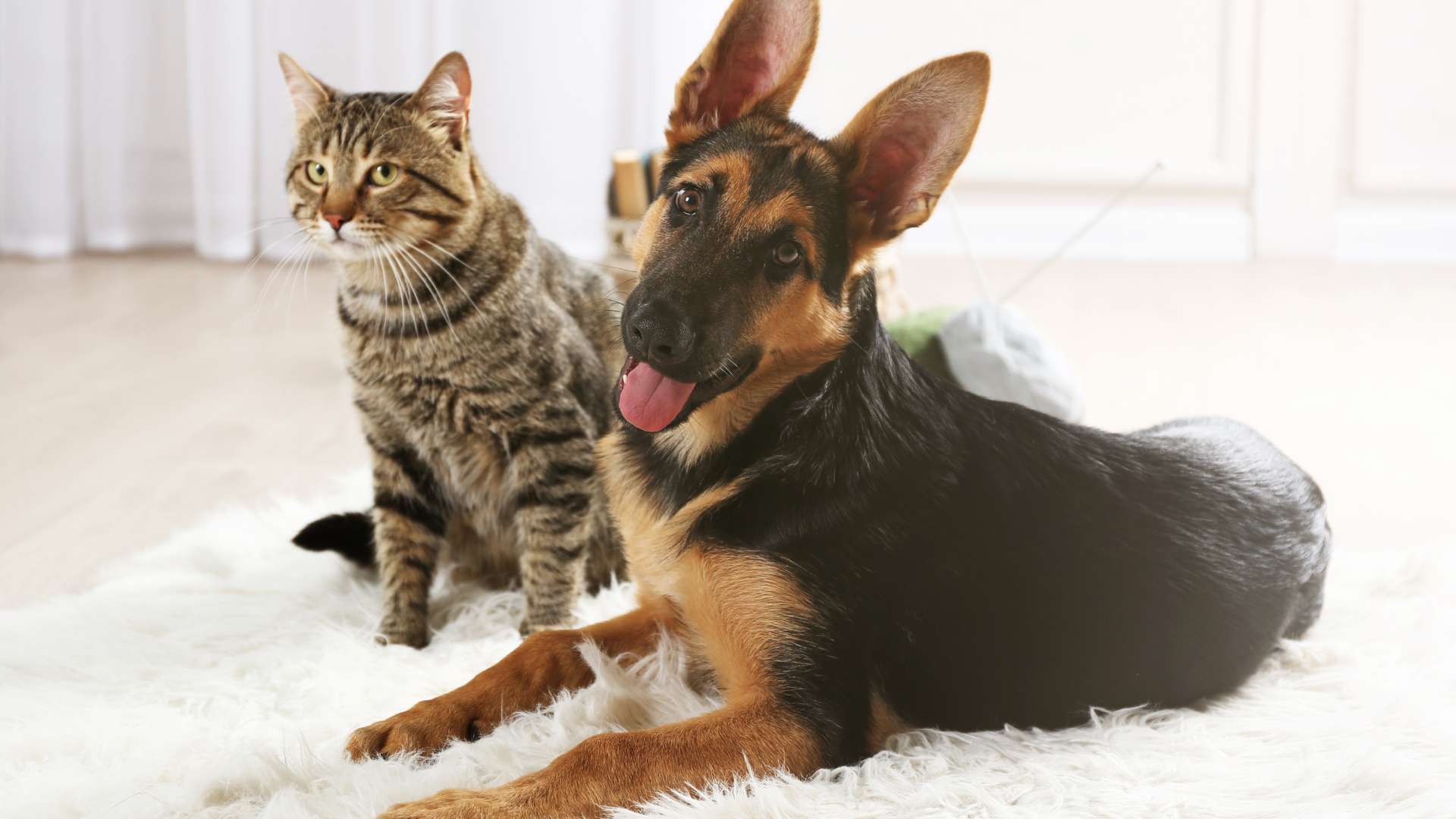Bulldogs are loyal, lovable, and full of personality—but when aggression and territorial behavior take over, life with them can become stressful and even dangerous. In the video from the channel, Cesar Millan works with some of the most challenging bulldogs he’s ever seen. The episode is packed with real-life lessons about leadership, consistency, and understanding canine psychology that every dog parent can use—whether you own a bulldog, a boxer, or any other breed.
In this article, we’ll break down the key takeaways from the video and translate them into actionable strategies for creating a calmer, safer home for both dogs and humans.
Understanding the Root of Bulldog Aggression
Aggression is rarely about a “bad dog”—it’s usually the result of fear, insecurity, lack of structure, or confused leadership. In the video, owners report bites, growling, resource guarding, and hyperactivity, but Cesar quickly identifies the underlying issue: territorial insecurity and leadership gaps.
Dogs left without clear rules often feel compelled to take control, which can manifest as guarding, lunging, and even attacking. Recognizing that this is a communication problem—not simply a behavioral flaw—is the first step toward change.
Pro Tip: A clean, low-stress home environment helps reduce tension. Using All-Purpose Cleaners to eliminate food residue and Carpet Deodorizers to neutralize lingering smells can prevent over-arousal and set the tone for calmer behavior.
The Power of Calm, Assertive Energy
One of Cesar’s recurring messages is that dogs mirror human energy. If owners project fear, anxiety, or anger, the dog escalates in response. In the video, once owners learned to ground themselves—shoulders relaxed, breathing steady, movements purposeful—the dogs visibly softened and submitted.
Try this at home:
-
Pause before reacting to your dog’s barking or lunging.
-
Breathe deeply, stand tall, and approach with calm confidence.
-
Reward calm behavior instead of unintentionally reinforcing chaos.
This shift in human energy can dramatically influence your dog’s state of mind.
Setting Boundaries with Structure and Consistency
Cesar demonstrates how to create and enforce clear boundaries—around food, doorways, and personal space. Structured feeding time is especially important to prevent resource guarding. Owners were taught to have the dogs wait calmly before eating, transforming mealtime into a leadership exercise rather than a frenzy.
At-home tips for structure:
-
Enforce a brief sit-and-wait before meals.
-
Control doorways by having your dog wait until you invite them through.
-
Keep sleeping and play areas clean and orderly. Wash bedding regularly with Laundry Powders to remove old scents and reset the space.
Consistency is critical—mixed signals create confusion and stress. Everyone in the household must follow the same rules.
Using Controlled Socialization to Reduce Reactivity
One of the most powerful tools Cesar uses is pack socialization—introducing reactive or fearful dogs to a calm, balanced pack. Dogs learn through observation and energy transfer, so being around stable role models helps them adopt better behavior.
If you don’t have access to a balanced group of dogs, you can still use controlled exposure:
-
Practice calm, on-leash encounters with known friendly dogs.
-
Reward disengagement (looking away instead of lunging).
-
Avoid flooding your dog with overwhelming environments until they can stay calm in lower-stimulation settings.
Proper Leash Handling as Communication
A tense leash sends the wrong signal, telling your dog to brace for conflict. Cesar emphasizes using a relaxed leash and subtle pressure to communicate. This reduces pulling and reactivity while reinforcing trust.
Training your dog to walk calmly by your side not only makes outings enjoyable but also drains excess energy—reducing the likelihood of misbehavior at home.
Meeting Bulldog Stubbornness with Patience and Willpower
Bulldogs are known for their strong will, and many owners mistakenly label them “stubborn.” In reality, they simply require patient, consistent leadership. Cesar’s method pairs gentle corrections with calm persistence until the dog understands what is being asked.
Remember: yelling, jerking the leash, or showing frustration only fuels resistance. Matching your dog’s determination with steady, confident guidance produces better long-term results.
Human Growth = Canine Growth
One of the most important themes of the video is that rehabilitating the dog is only half the work—owners must grow as well. By learning to manage their own fear, stay consistent, and communicate with body language, the owners in this episode transformed their relationships with their dogs.
Your own home can benefit from this holistic approach:
-
Keep your energy calm and consistent.
-
Maintain a clean, structured environment with All-Purpose Cleaners and Carpet Deodorizers.
-
Provide daily exercise and mental challenges to prevent boredom-driven behavior.
The Bigger Lesson: A Balanced Dog Creates a Balanced Home
The video ends with remarkable success stories: bulldogs that once lunged and bit are now relaxed, social, and safe around children, other dogs, and even horses. Owners feel empowered and proud, no longer living in fear.
Key takeaway: Behavior change is a partnership. When owners step up with calm leadership, clear boundaries, and patience, dogs respond by becoming calmer, more trusting companions.
Final Thoughts
The video shows us that even extreme aggression can be turned around with the right blend of energy, structure, and consistency. These lessons apply to any dog, not just bulldogs—leadership, calmness, and a clean, well-structured home are universal tools for harmony.
If you want to take the next step toward a calmer home, explore our main page for pet-friendly cleaning solutions, check out our blog for more behavioral tips, and keep your dog’s environment fresh with Carpet Deodorizers, Laundry Powders, and All-Purpose Cleaners.
A clean home, calm mind, and clear leadership are the foundation for a happy, balanced dog—and a happy, balanced family.





